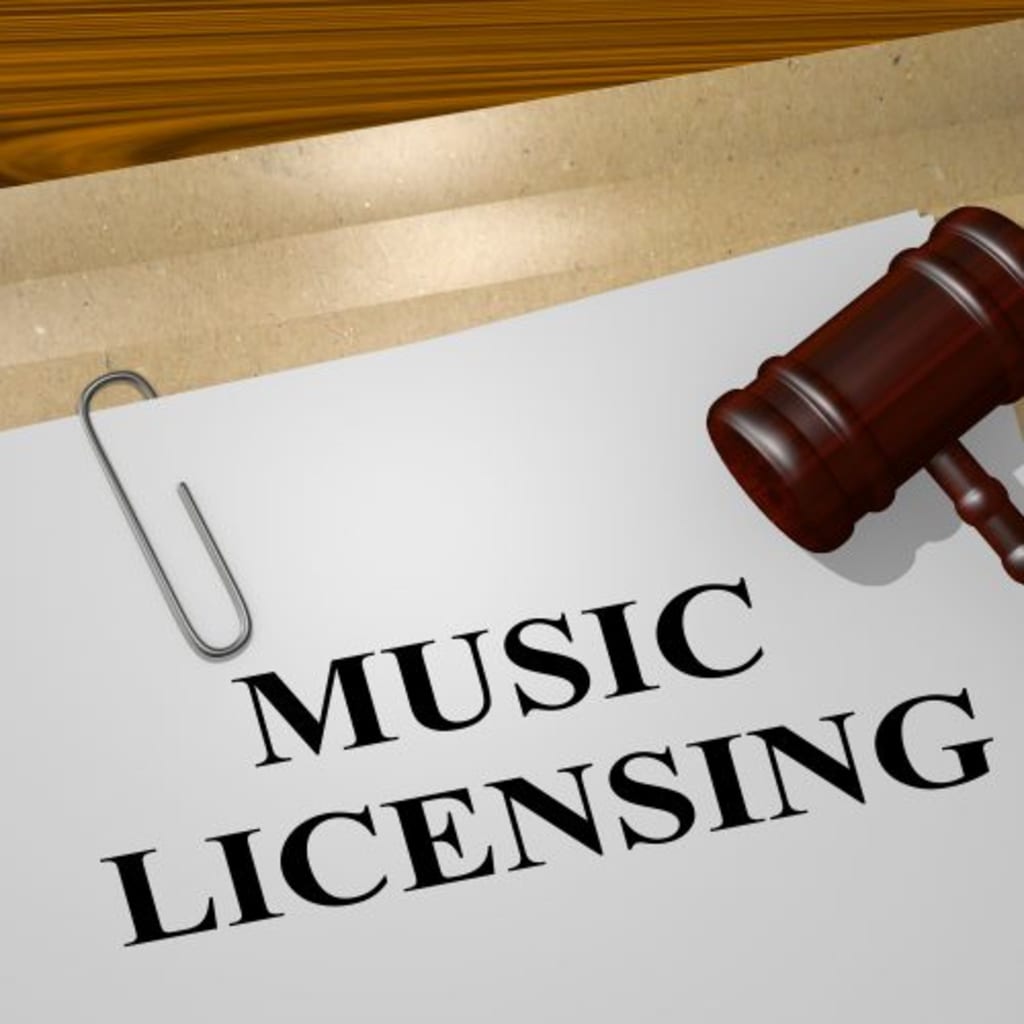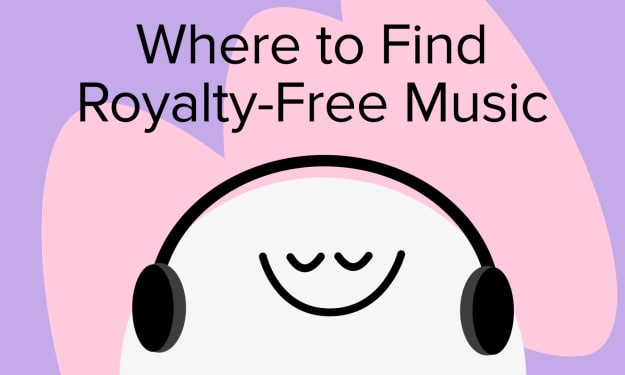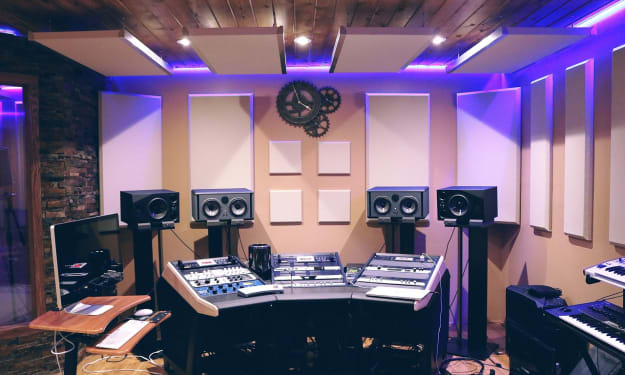The Ultimate Guide to Music Sync Licensing: How to Elevate Your Music Career
In this comprehensive guide, we'll delve into the ins and outs of music sync licensing, providing you with the knowledge and tools to navigate this exciting field

In today's digital era, musicians have more opportunities than ever to get their music heard by a global audience. One of the most lucrative and effective ways to gain exposure is through music sync licensing. This process allows artists to license their music for use in various forms of visual media, such as films, TV shows, advertisements, and video games. By understanding and leveraging music sync licensing, musicians can not only earn significant revenue but also reach new listeners and elevate their careers. In this comprehensive guide, we'll delve into the ins and outs of music sync licensing, providing you with the knowledge and tools to navigate this exciting field.
What is Music Sync Licensing?
Music sync licensing involves granting permission to synchronize music with visual media. The term "sync" is short for synchronization, referring to the alignment of audio and visual elements. When you watch a movie or a TV show, the background music that enhances the emotional impact of a scene is a result of sync licensing. Similarly, catchy tunes in commercials or the dramatic score in video games are all made possible through this process.
The Importance of Music Sync Licensing
Sync licensing is a critical component of the music industry for several reasons:
Revenue Generation: Licensing fees and royalties provide a substantial income stream for artists.
Increased Exposure: Music featured in popular media can reach a broader and more diverse audience.
Career Opportunities: Successful sync placements can lead to further opportunities, such as collaborations and performance gigs.
Types of Music Sync Licenses
There are various types of sync licenses, each serving different purposes:
Commercial Sync Licenses: These are used for advertisements and promotional content. Commercials often require specific music to match their target audience and brand image.
Television Sync Licenses: Used for TV shows, these licenses are crucial for setting the tone and atmosphere of a scene.
Film Sync Licenses: Movies rely heavily on music to convey emotions and enhance storytelling.
Video Game Sync Licenses: As the gaming industry grows, the demand for high-quality music for video games increases.
Steps to Secure a Music Sync License
Securing a music sync license involves several steps. Here’s a detailed guide to help you get started:
1. Create High-Quality Music
Quality is paramount when it comes to music sync licensing. Ensure your music is professionally produced, mixed, and mastered. High-quality music is more likely to attract the attention of music supervisors and licensors.
2. Build Relationships with Key Players
Networking is crucial in the sync licensing industry. Building relationships with music supervisors, licensing agents, and other industry professionals can open doors to potential licensing opportunities. Attend industry events, join music organizations, and actively engage with professionals on social media platforms.
3. Register Your Music
To receive royalties from your licensed music, you need to register with a Performing Rights Organization (PRO). PROs such as ASCAP, BMI, and SESAC in the United States, or PRS for Music in the UK, ensure that you get paid when your music is used in public performances or broadcasts.
4. Prepare Your Pitch
Your pitch is your opportunity to showcase your music and explain why it is a perfect fit for the project. A compelling pitch should include:
A brief introduction: Explain who you are and what your music is about.
A description of your music: Highlight the genre, mood, and unique elements of your track.
Links to your music: Provide easy access to streaming links or downloadable files.
Contact information: Make it easy for music supervisors to reach you.
5. Leverage Technology
Several platforms and tools can help you streamline the sync licensing process. Websites like Deliver My Tune offer valuable resources and services to assist you in navigating the sync licensing landscape. Utilize these platforms to manage your music catalog, pitch your tracks, and connect with industry professionals.
Maximizing Opportunities in Music Sync Licensing
To make the most of your music sync licensing efforts, consider the following strategies:
1. Target the Right Projects
Not all projects will be a perfect fit for your music. Focus on projects that align with your musical style and brand. Research the types of music used in different media formats and tailor your pitches accordingly.
2. Stay Updated on Industry Trends
The entertainment industry is constantly evolving, and staying informed about the latest trends can give you a competitive edge. Follow industry news, subscribe to relevant newsletters, and participate in online forums and communities.
3. Create a Diverse Music Catalog
Having a diverse catalog increases your chances of finding sync opportunities. Consider creating different versions of your tracks, such as instrumental versions or alternative mixes, to cater to various licensing needs.
4. Build a Strong Online Presence
A professional online presence can enhance your credibility and make it easier for potential licensors to discover your music. Maintain an updated website, engage with your audience on social media, and share your music on popular streaming platforms.
Challenges in Music Sync Licensing
While music sync licensing offers numerous benefits, it also comes with its challenges. Understanding these challenges can help you navigate the industry more effectively.
1. Competition
The sync licensing market is highly competitive, with countless musicians vying for the same opportunities. To stand out, focus on creating unique, high-quality music and building strong relationships within the industry.
2. Legal and Contractual Complexities
Sync licensing involves various legal and contractual aspects that can be daunting for newcomers. It's essential to understand the terms and conditions of your licensing agreements and seek legal advice if necessary.
3. Maintaining Creative Integrity
Balancing commercial viability with creative integrity can be challenging. While it's important to create music that appeals to licensors, staying true to your artistic vision is equally crucial.
Conclusion:
Music sync licensing is a powerful tool for musicians looking to expand their reach and generate additional income. By understanding the process, building relationships, and leveraging available resources, you can successfully navigate the world of sync licensing and elevate your music career. For more detailed insights and practical tips on music sync licensing, visit Deliver My Tune.
Have you had any experiences with music sync licensing? Share your stories and tips in the comments below! Let's discuss how we can all benefit from this exciting opportunity in the music industry.
About the Creator
Enjoyed the story? Support the Creator.
Subscribe for free to receive all their stories in your feed. You could also pledge your support or give them a one-off tip, letting them know you appreciate their work.






Comments (1)
Hey, just wanna let you know that this is more suitable to be posted in the Beat community 😊